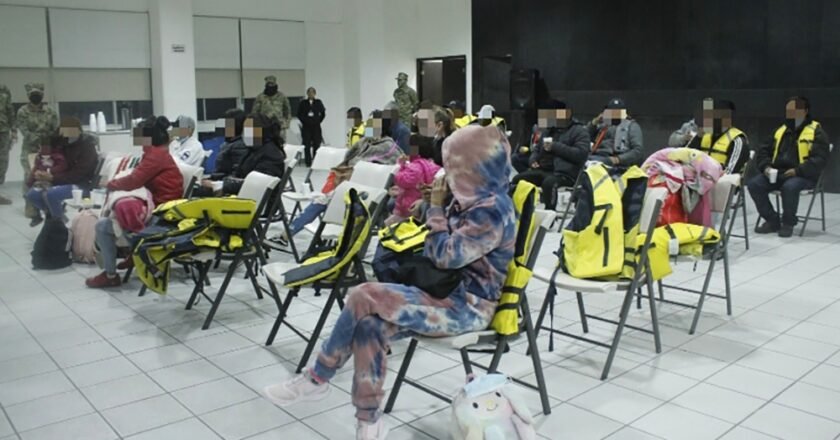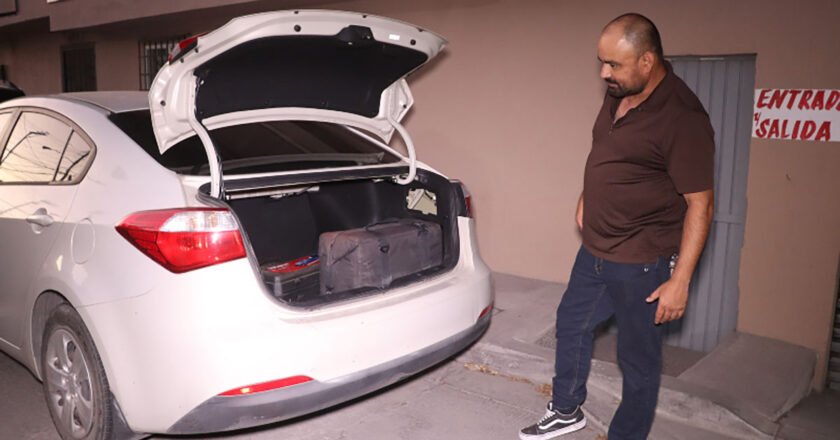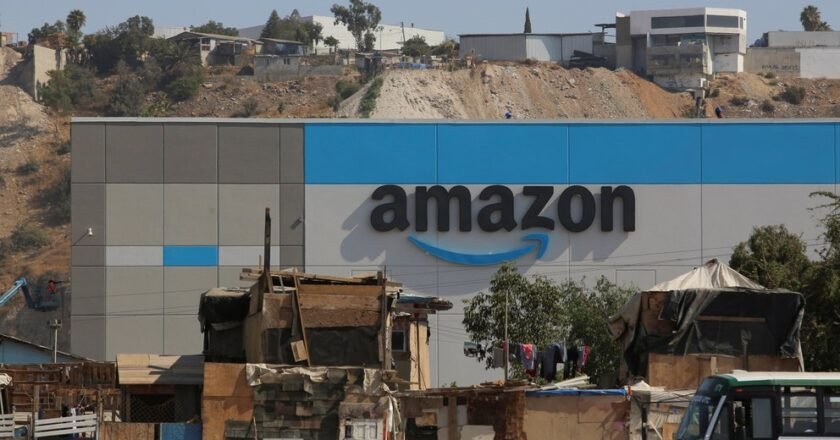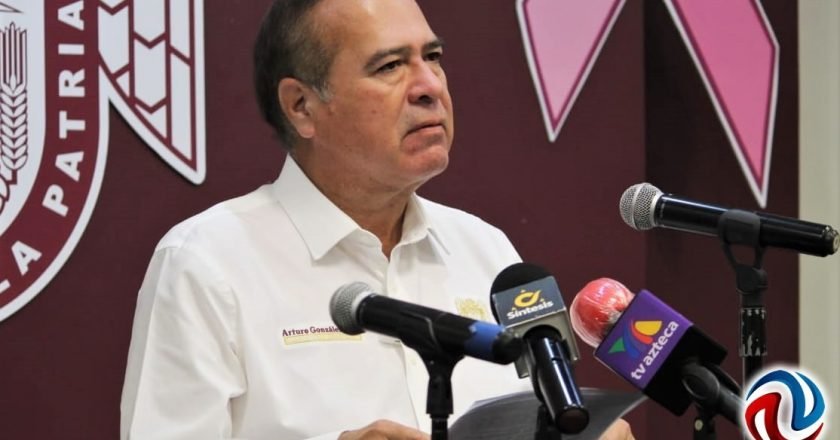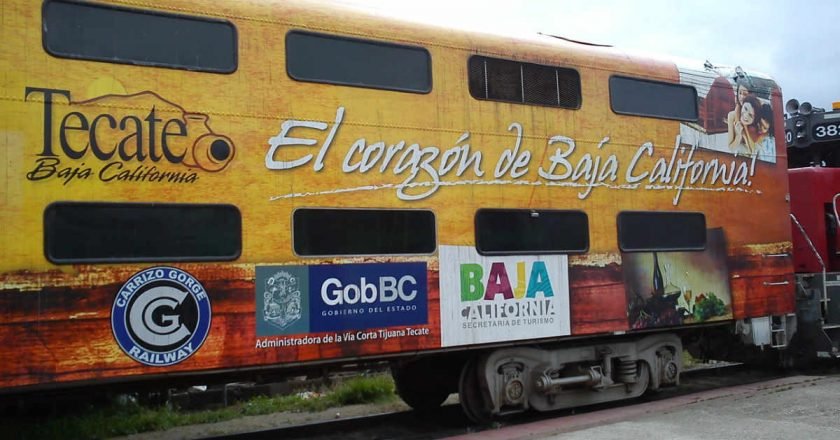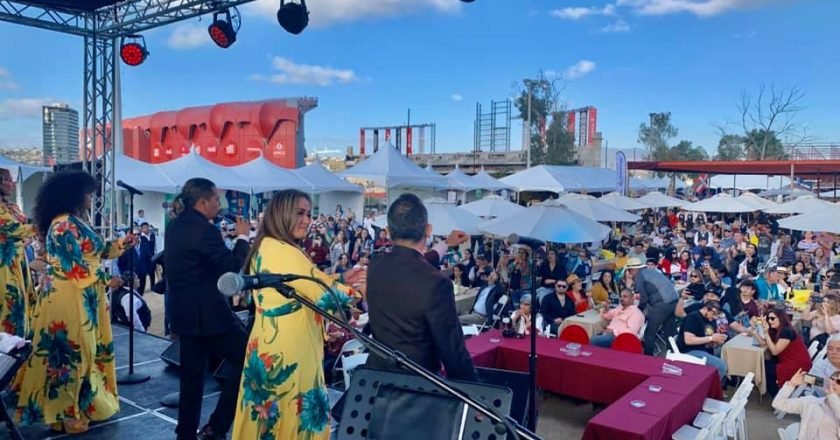Mexican authorities continue to make strides in their fight against drug trafficking, as they recently announced the dismantling of another synthetic drug warehouse in the city of Tijuana, Baja California.
According to local news source El Vigia, the operation was carried out by the Federal Police in coordination with the Mexican Army and the National Guard. The warehouse was located in the Mesa de Otay neighborhood and contained 300 kilograms of methamphetamine and 3,000 fentanyl pills, both highly addictive and dangerous synthetic drugs.
This is not the first time that Mexican authorities have targeted drug traffickers in Tijuana, as the city is known to be a major hub for the trafficking of drugs into the United States. In fact, just yesterday, two men were arrested by the State Security and Citizen Protection Guard (FESC) for possession of four firearms and pills of fentanyl, a synthetic opioid that is up to 100 times more potent than morphine.
The men were identified as 25-year-old Francisco N. and 29-year-old Alejandro N., who were traveling in a white SUV when they were stopped by FESC officers. Upon inspection of the vehicle, the officers found the weapons and drugs, prompting the arrest of the suspects.
The FESC has been working in collaboration with other law enforcement agencies to crack down on drug trafficking and other criminal activities in Tijuana. This latest arrest is just one example of the ongoing efforts to ensure the safety and security of citizens in the area.
Drug trafficking remains a significant problem in Mexico, with drug cartels vying for control of territory and smuggling routes. However, authorities have made significant progress in recent years, as evidenced by the dismantling of drug warehouses and the arrests of traffickers. It is important that these efforts continue to prevent the harmful effects of drug addiction on individuals and communities.
SOURCE: El Vigia, El Imparcial



